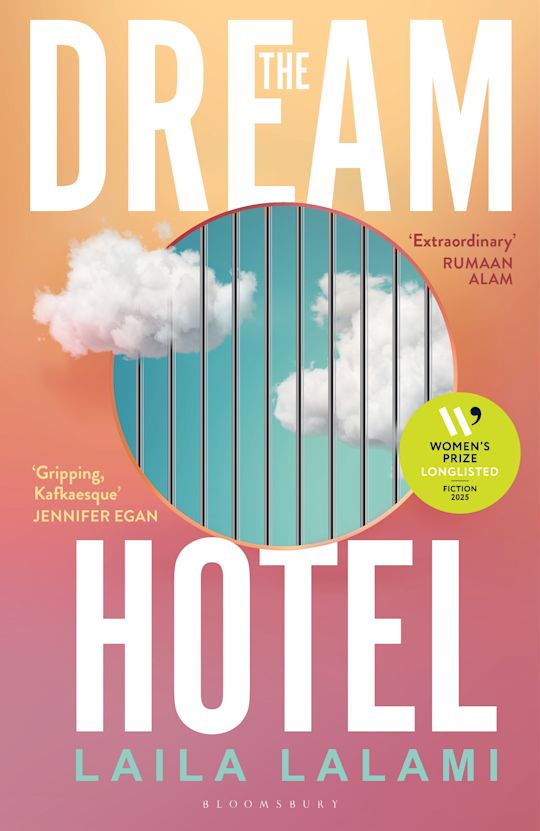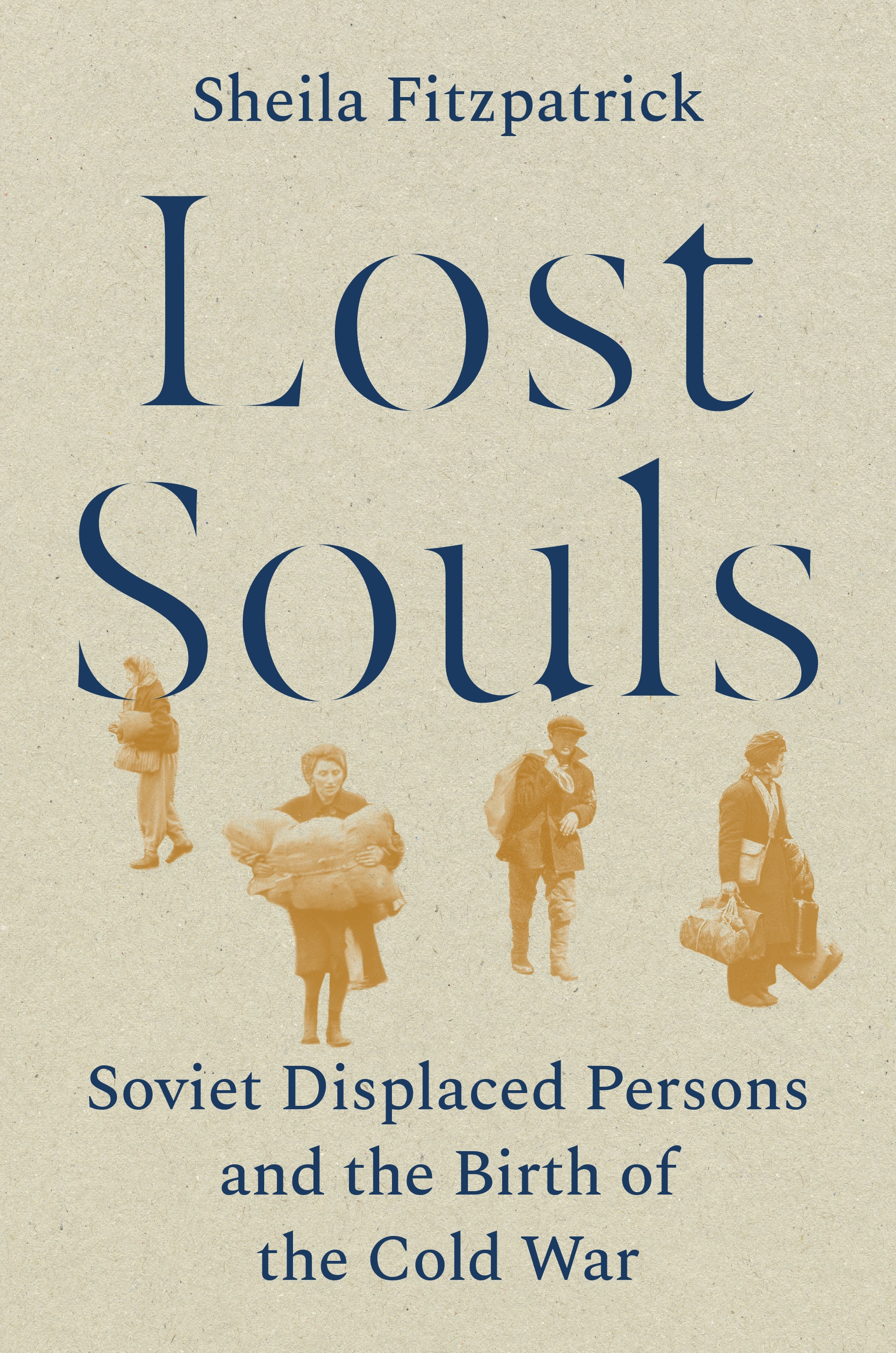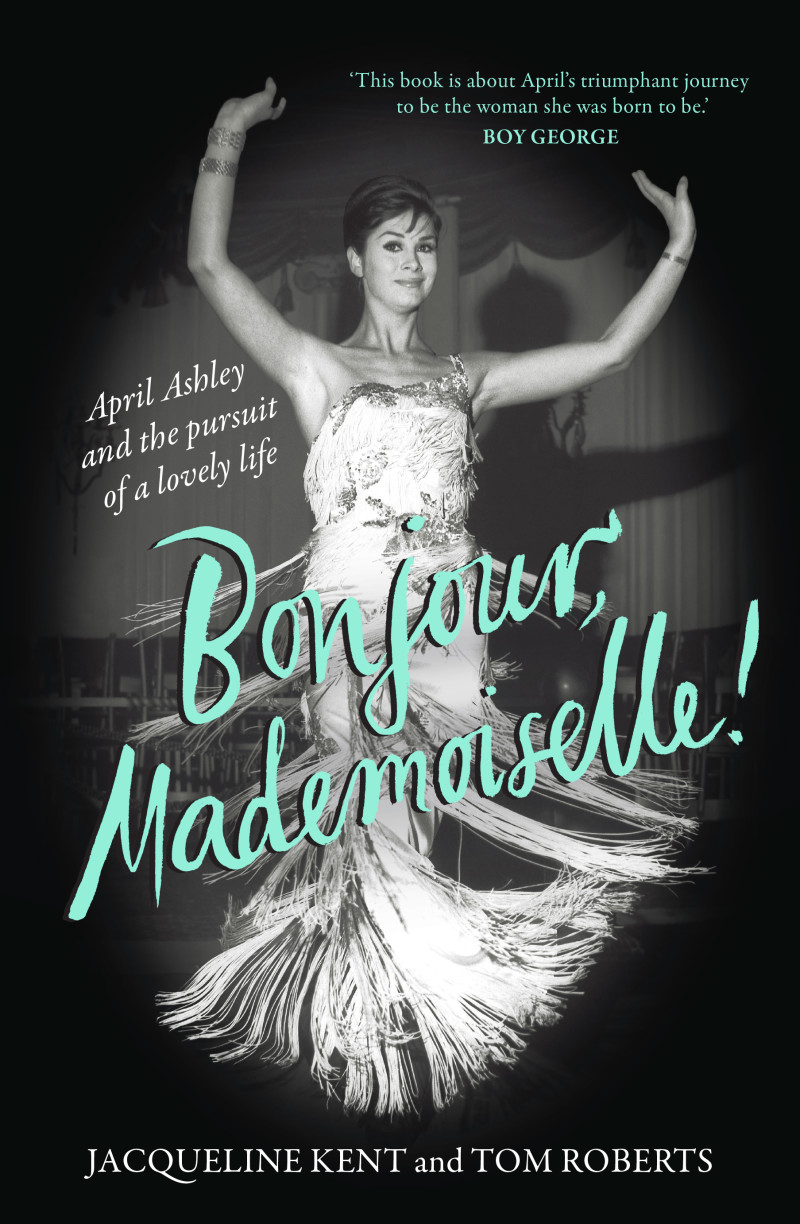Journey to the Stone Country
Allen & Unwin, $39.95 hb, 368 pp, 1 86508 619 3
Journey to the Stone Country by Alex Miller
In Alex Miller’s latest novel, Journey to the Stone Country, we are not in Carlton for long before being taken far to the north, to Townsville, and then inland to country that few Australians know. The short first scene is handled with dispassionateness and economy. Melbourne history lecturer Annabelle Beck comes home to find that her husband, Stephen Kuenz, has deserted her for an Israeli-born honours student. He has left a note so sickeningly self-exculpating and badly written that one is glad his future entrances are restricted to mobile phone calls. In despair, and on a whim, Annabelle phones her friend Susan Bassett, who works as an assessor of the cultural significance for Aboriginal people of sites marked for mining and other development. Annabelle flies to Townsville, where the house to which her parents moved after they sold their cattle station, Haddon Hill, still stands.
Soon the two women are on the road, travelling south and then inland to the Burrambah coalmine. There Annabelle meets a man who knew her when both were children and his Aboriginal grandmother owned the Verbena station that adjoined Haddon Hill, along Gunn Creek. This is Bo Rennie, once a ringer and now a representative of the Jangga people in their dealings with business and government. To summarise the rest of the gracefully simple plot: Bo and Annabelle become lovers and head back to their ancestral places, weighing the different sorts of value that each has for them, coming to the borders of the Jangga stone country (where Rennie’s grandmother was one of the last to be born), to the ‘playgrounds of the old people’. The ending of the novel is open rather than inconclusive. As before – for instance, in his previous book Conditions of Faith (2000) – it is Miller’s desire to let the ending resonate with the complicated possibilities so carefully set out in what has come before.
Continue reading for only $10 per month. Subscribe and gain full access to Australian Book Review. Already a subscriber? Sign in. If you need assistance, feel free to contact us.















Leave a comment
If you are an ABR subscriber, you will need to sign in to post a comment.
If you have forgotten your sign in details, or if you receive an error message when trying to submit your comment, please email your comment (and the name of the article to which it relates) to ABR Comments. We will review your comment and, subject to approval, we will post it under your name.
Please note that all comments must be approved by ABR and comply with our Terms & Conditions.